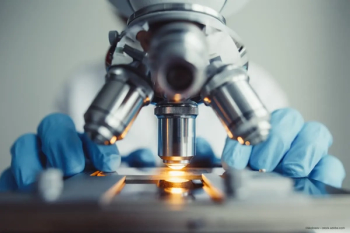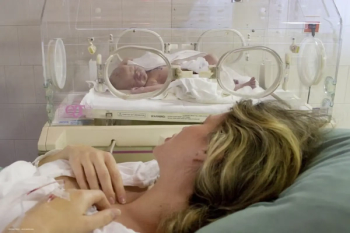
SICS: effective solution to huge cataract problem
Small incision cataract surgery (SICS) is a highly desirable and effective technique for India and other countries in the eastern hemisphere because it provides a highly effective and economic treatment for the vast cataract population in that part of the world.
Small incision cataract surgery (SICS) is a highly desirable and effective technique for India and other countries in the eastern hemisphere because it provides a highly effective and economic treatment for the vast cataract population in that part of the world, said Dr Satyajit Sinha of the AB Eye Institute, Patma, India.
"India's population has just topped 1 billion. There are 16 million cataract patients, and two million are added every year," said Dr Sinha. "But there are just 16,000 ophthalmologists, with 10,000 operating, which means there is a huge patient load for each doctor. We need a simple and effective way to combat cataract."
In this context, the choice of surgery must be weighed against the pressing need for treatment. Extra capsular cataract extraction (ECCE) has a short learning curve, SICS a longer one, but phaco requires a difficult and lengthy apprenticeship. Complications caused by 'in-training calamities' are worse with phaco, Dr Sinha noted.
SICS has a number of advantages. It means earlier rehab for patients than ECCE. There are no complications with sutures or suture removal. It has advantages over phaco for grade three, four and five cataracts. Patients are happy, too.
"One side of the globe is phaco. But on the other side of the globe, where cost is a big factor, we use SICS," he said. "Now high-quality, low-cost surgical instruments are being made indigenously by Indian companies. You can buy a crescent and keratome for $2. You can perform a SICS surgery and buy the IOL for $20 per patient. Phaco machines, by contrast, are expensive," said Dr Sinha.
As a result, India has the most SICS surgeons in the world, and highest number of SICS training centres.
Newsletter
Get the essential updates shaping the future of pharma manufacturing and compliance—subscribe today to Pharmaceutical Technology and never miss a breakthrough.












































